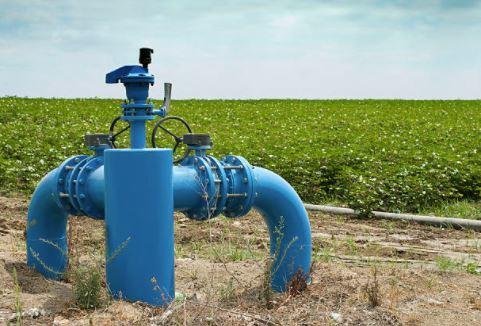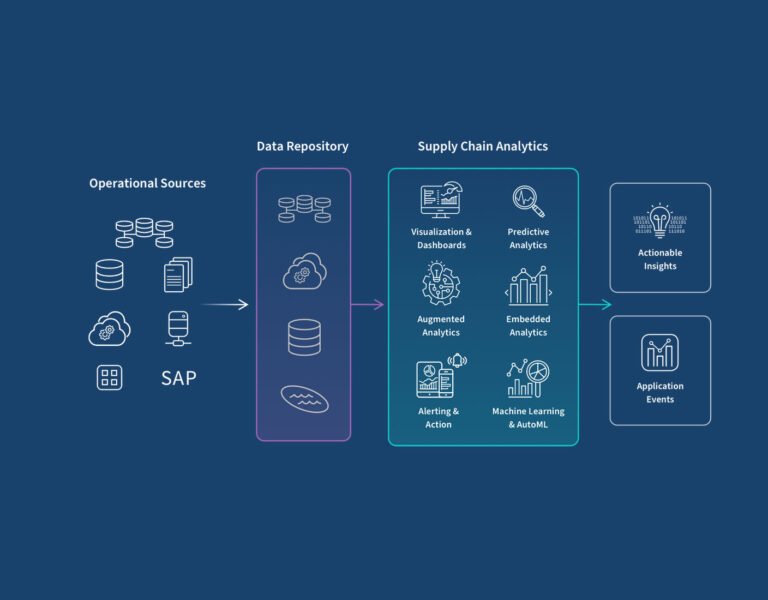Irrigation Pump Essentials: Optimizing Agricultural Water Use

The lifeblood of any agricultural enterprise is undoubtedly water. This precious resource is necessary for the growth of crops and the maintenance of livestock. However, the challenges of climate change, water scarcity, and the need for sustainable agriculture practices have placed an emphasis on the efficient and effective management of water. The cornerstone of successful agricultural water management often lies in the selection and operation of an irrigation pump, a device that serves as the beating heart of an irrigation system.
The Importance of Selecting the Right Irrigation Pump
Choosing the appropriate irrigation pump for your specific needs is crucial to maximise efficiency and conserve water. A pump that is too small may not provide the necessary water pressure, while one that is too large can waste energy and result in the over-application of water, leading to runoff and soil erosion. Furthermore, an incorrectly sized pump may shorten the life of the system due to strain, leading to increased maintenance costs and downtime.
It’s essential to consider factors such as the source of water, whether it is a well, a pond, or a river, and the total area that requires irrigation when choosing a pump. The pump must be apt for the lifting requirements, the flow rate necessary to cover the acreage, and the type of irrigation system in use, be it drip, sprinkler, or surface irrigation.
Efficiency Through Technology
Modern technology has introduced pumps with variable frequency drives (VFDs), which allow farmers to precisely control the speed of the pump’s motor. This advancement leads to energy savings and reduced wear on the pump, as it can adjust the flow and pressure to the demands of the irrigation system in real time. Precision in water delivery not only saves water but also ensures that crops receive the optimal amount, thus reducing the risk of water stress.
The integration of smart controllers is another technological leap forward, helping to automate irrigation schedules based on real-time data such as soil moisture levels, weather forecasts, and evapotranspiration rates. Such technologies can work in tandem with a well-chosen irrigation pump to minimise water wastage and improve crop yields.
Installation and Maintenance
The correct installation of an irrigation pump is paramount to ensure that it operates at peak efficiency. Proper placement, secure piping, and the installation of valves and filters to protect the pump from debris are essential aspects of the installation process.
Maintenance also plays a crucial role in the longevity and performance of an irrigation pump. Routine inspections and servicing can help detect issues such as leaks, worn components, or electrical problems before they escalate into costly repairs. Keeping a pump well-maintained ensures that it operates efficiently and reduces the risk of unexpected water supply outages during critical periods of crop growth.
Costs Versus Savings
While the initial outlay for a high-quality pump and the integration of advanced control systems may seem substantial, the long-term savings they can provide should not be underestimated. Reduced water and energy bills, alongside lower maintenance and repair costs, mean that investing in the right irrigation pump can pay dividends over time.
Moreover, in many regions, grants and subsidies are available for farmers who invest in water-saving technologies, acknowledging the benefits that efficient irrigation systems offer not only to individual farms but also to the wider community and environment.
The Bigger Picture
The conversation about irrigation pumps is not just about individual components; it’s about viewing the farm as an entire ecosystem. Sustainability in agricultural water management involves carefully considering how water is extracted, used, and conserved within this system. An efficient pump is a pivotal component of this, directly impacting the farm’s carbon footprint and contribution to water conservation efforts.
With climate change affecting rainfall patterns and the availability of water resources, the agricultural sector is under increasing pressure to adopt practices that make every drop count. Implementing the right irrigation pump is a step towards achieving not only farm-level sustainability but also resilience in the global food supply chain.
Conclusion
Choosing, installing, and maintaining the appropriate irrigation pump can have a dramatic impact on the efficiency of water use in agriculture. Integrating technology into irrigation practices maximises the value of this resource, which is essential for food production and the health of our ecosystems. By focusing on optimisation and efficiency, farmers can improve their productivity while playing an important role in protecting the environment and ensuring a sustainable future for agriculture.
Farmers and agricultural managers looking to invest in an irrigation pump should seek out experts who can guide them in selecting a system that aligns with their water management goals while offering the best in efficiency and reliability. This crucial step will help them cultivate a more sustainable, productive, and profitable farming operation for years to come.





